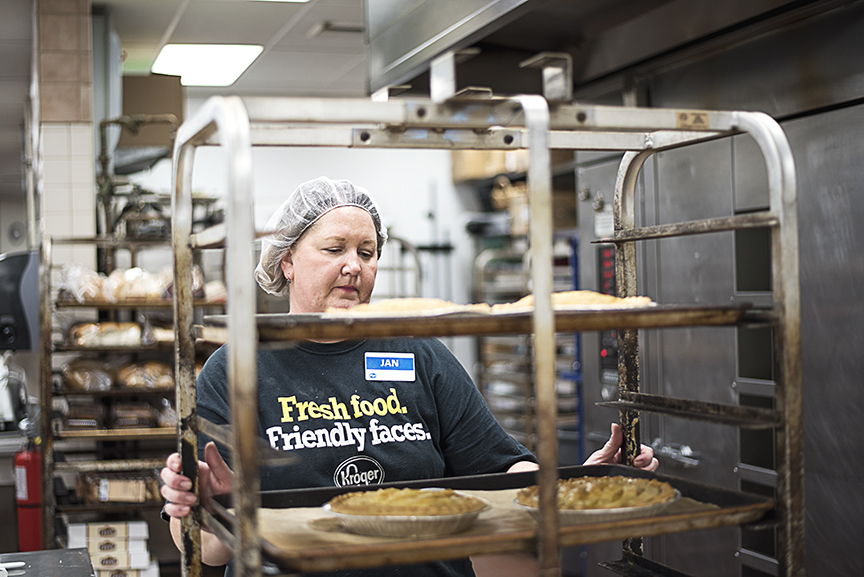Jan had been working full-time until a serious accident made it very challenging for her to return to her job. So, in 2002, she began receiving benefits.
After facing significant financial difficulties, Jan was concerned about remaining on benefits with no other income source. She had been out of the workforce for nearly 15 years, and was uncertain about how, or if, she could return to work.
Her parents and husband were also concerned about the effect working could have on her financially, emotionally, and physically. But Jan wanted to try.
What changed my mind about going back to work? Financially, I needed the income. I needed the support. And I needed to feel good about myself.
Once she made the decision to return to work, Jan contacted her local Vocational Rehabilitation (VR) office, where they used a coordinated team approach involving a VR Counselor, Benefits Counselor, and a Job Placement Specialist. Her VR counselors worked with Jan to determine what she wanted to do, to identify a vocational goal, to gauge her interests and aptitudes, and to determine what reasonable accommodations she might need. As her bakery supervisor said, “Working with Jan has been a great experience. She’s a fast learner. She wants to learn everything she can. She’s a hard worker…We have great communication. That’s the big part there, communication.”
Jan took advantage of the help offered by the VR counselor. She took Pilates classes to strengthen her core and improve her ability to stand, walk, and complete an 8-hour shift. She also worked with her counselor to locate jobs online, conduct mock interviews, and buy new clothes.
 Jan’s husband and family were concerned about how returning to work might disrupt or hurt her benefits. To help alleviate these concerns, benefits counseling was brought in at the beginning of the process. These counselors explained how part-time employment would interact with Jan’s benefits, and helped her feel more confident in the decision to return to work. “My VR counselor literally showed me how working would not only benefit me psychologically, but also how it would help prolong my benefits more, and I wouldn’t end up losing them at all.”
Jan’s husband and family were concerned about how returning to work might disrupt or hurt her benefits. To help alleviate these concerns, benefits counseling was brought in at the beginning of the process. These counselors explained how part-time employment would interact with Jan’s benefits, and helped her feel more confident in the decision to return to work. “My VR counselor literally showed me how working would not only benefit me psychologically, but also how it would help prolong my benefits more, and I wouldn’t end up losing them at all.”
After 4 months, Jan was able to get a job as a part-time baker at a Kroger grocery store. This allows her to better support herself and her family, not only financially but also emotionally, and helped her get back to the person she used to be.
When asked if it was worth going through the process with her VR team, Jan was confident in her reply.
Being able to be financially stable, feeling good about myself, actually going back to work and being able to accomplish something. Yeah, it was all worth it. We’re able to do things we couldn’t do before; we’re able to enjoy our life.
Share these videos so everyone can see that fulfilling employment is a reality. And don't miss any new stories: Follow the conversation on social media, using #ReturnToWorkSSDI.
The SGA Project is funded by the Rehabilitation Services Administration (RSA), Office of Special Education and Rehabilitative Services, U.S. Department of Education Grant # H235L100004

